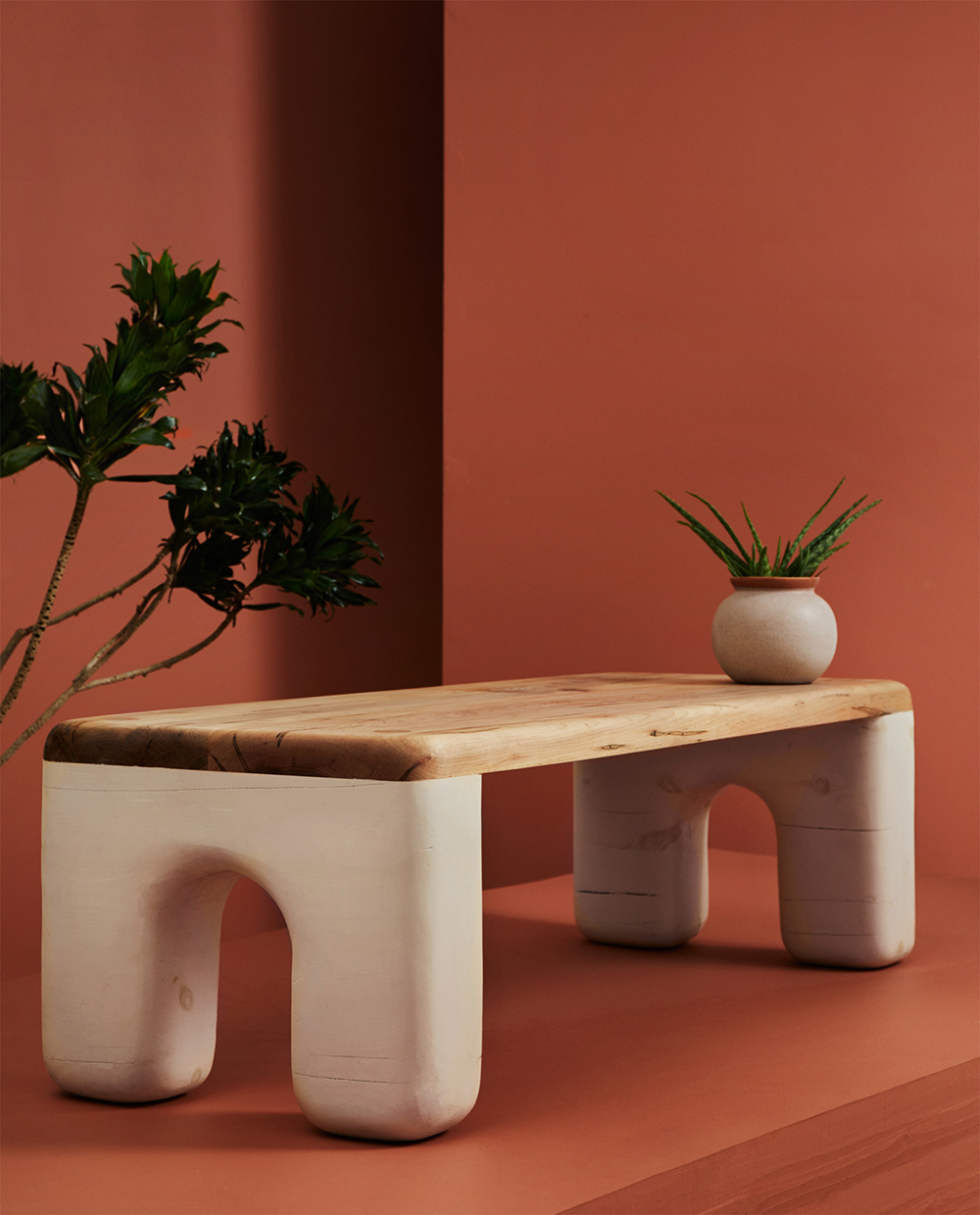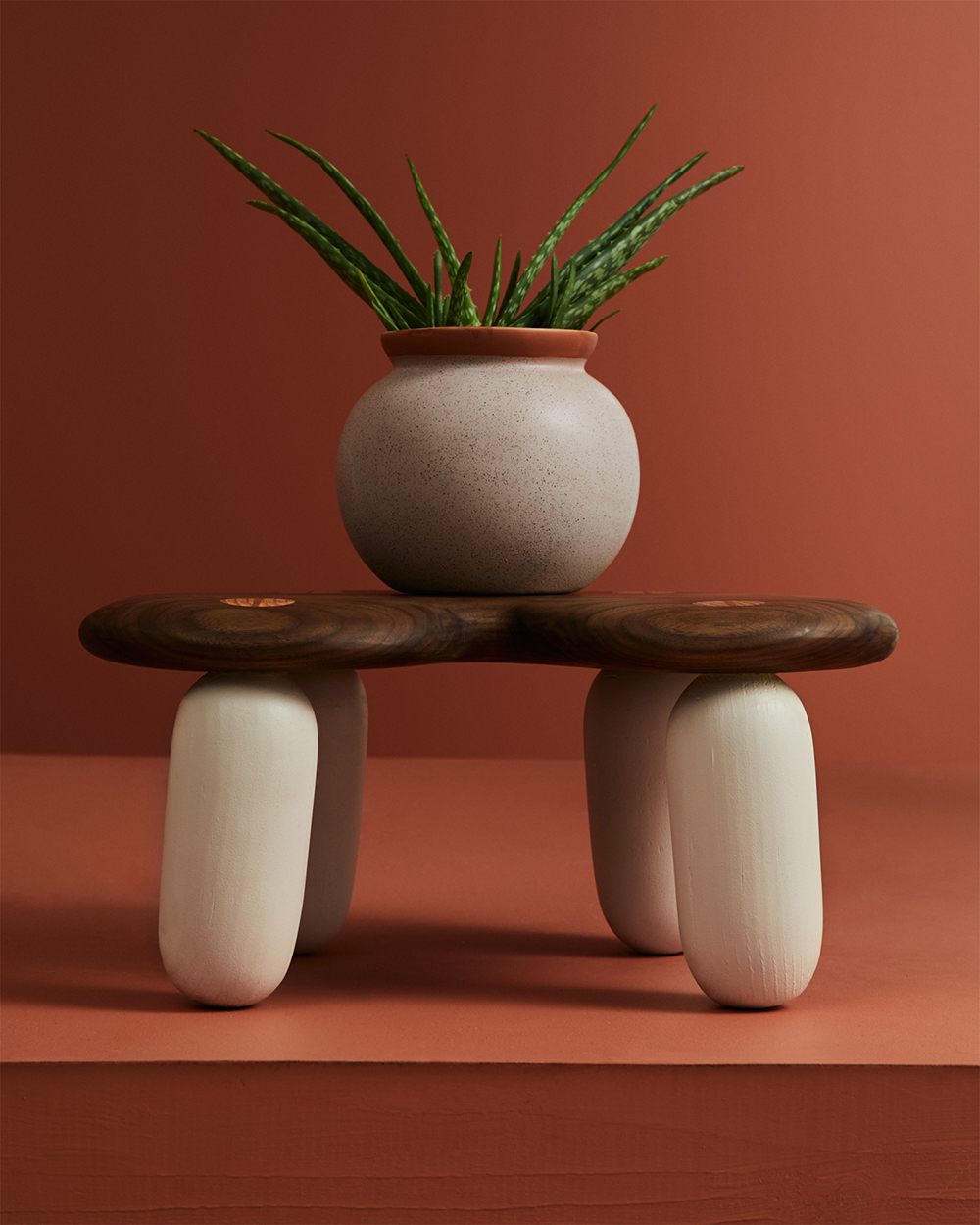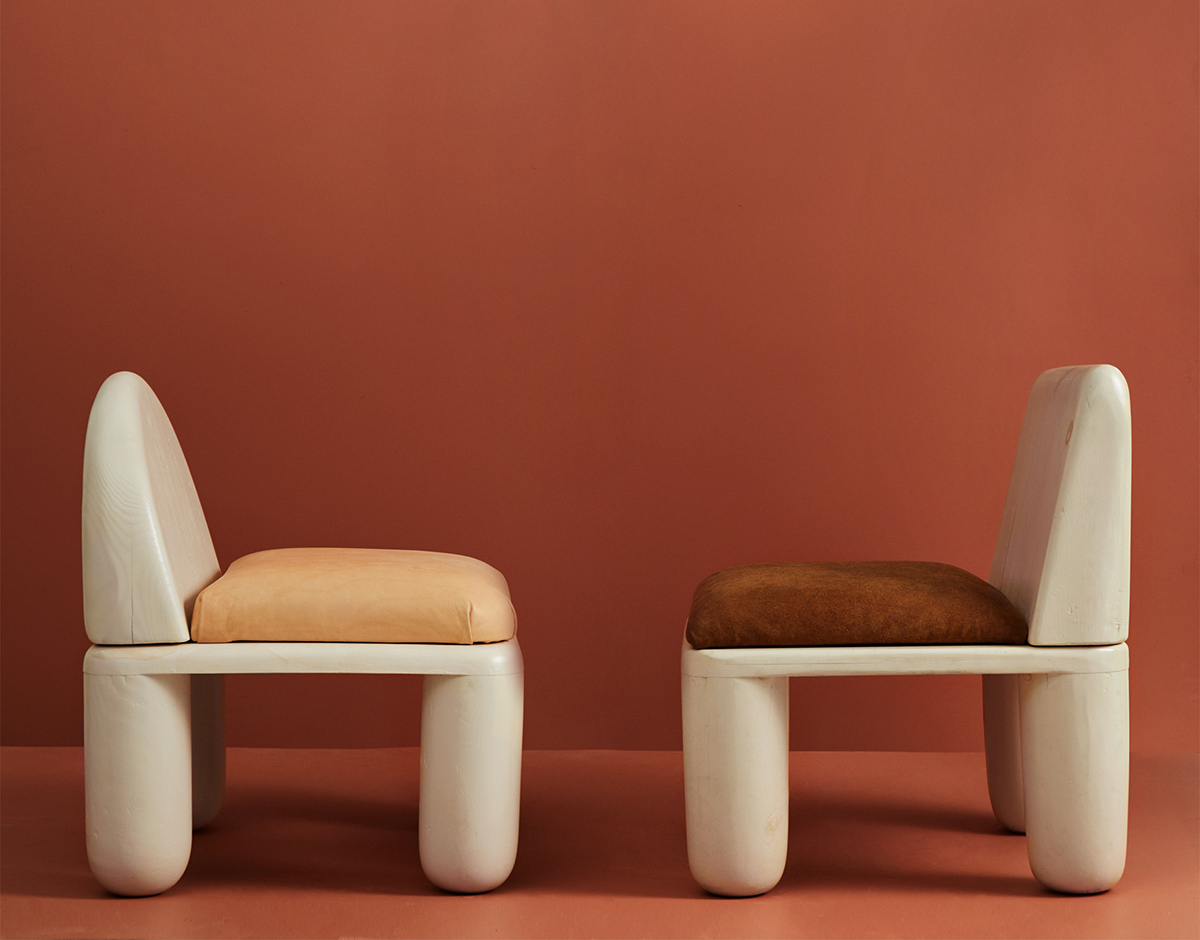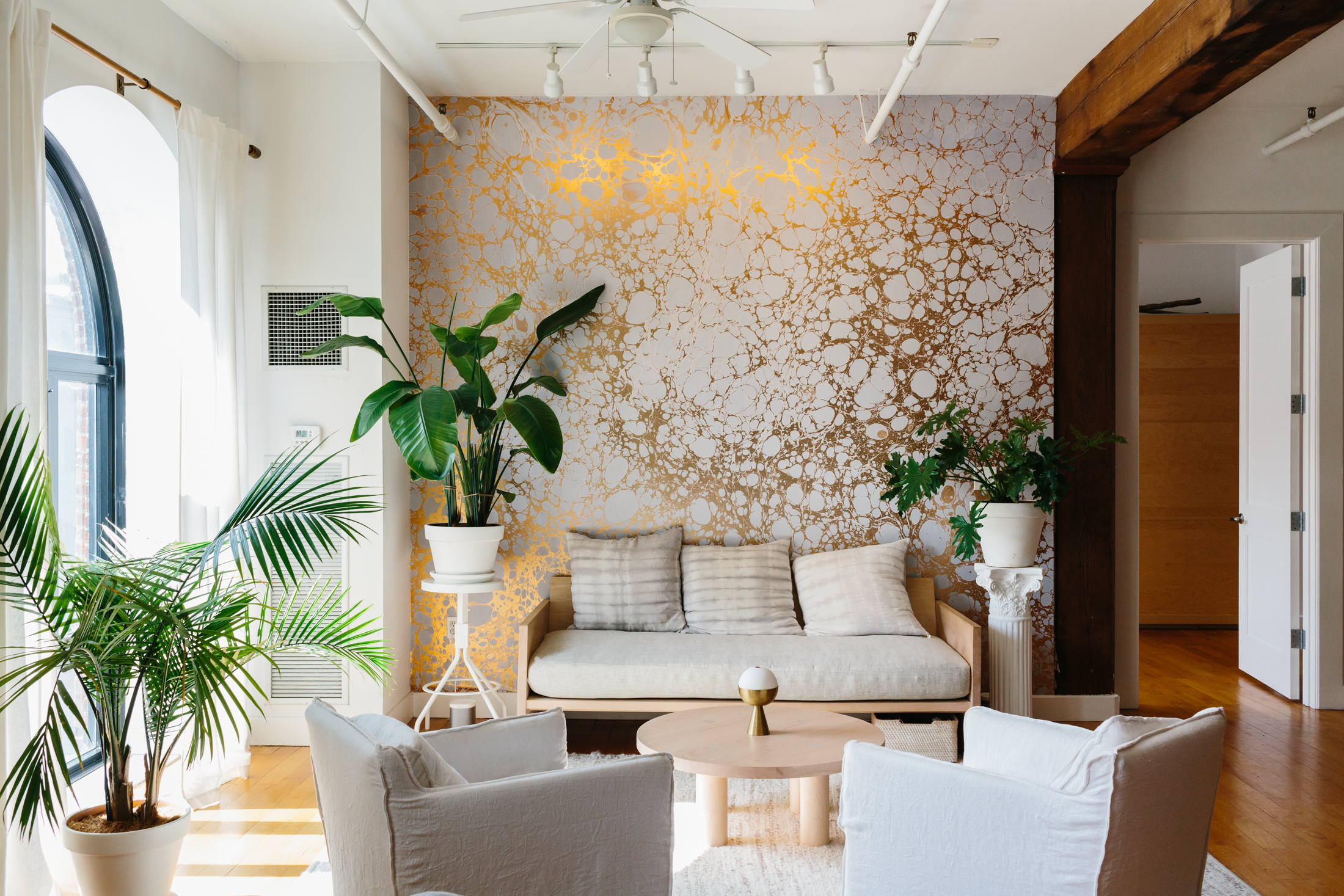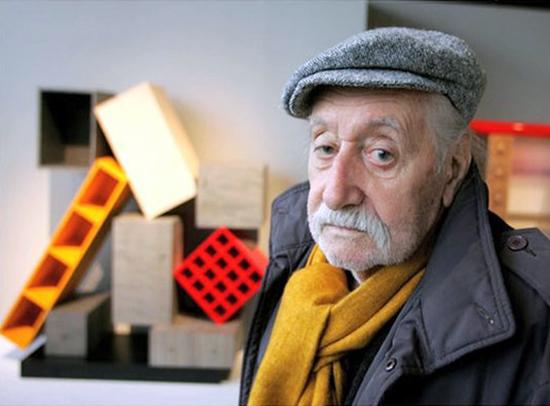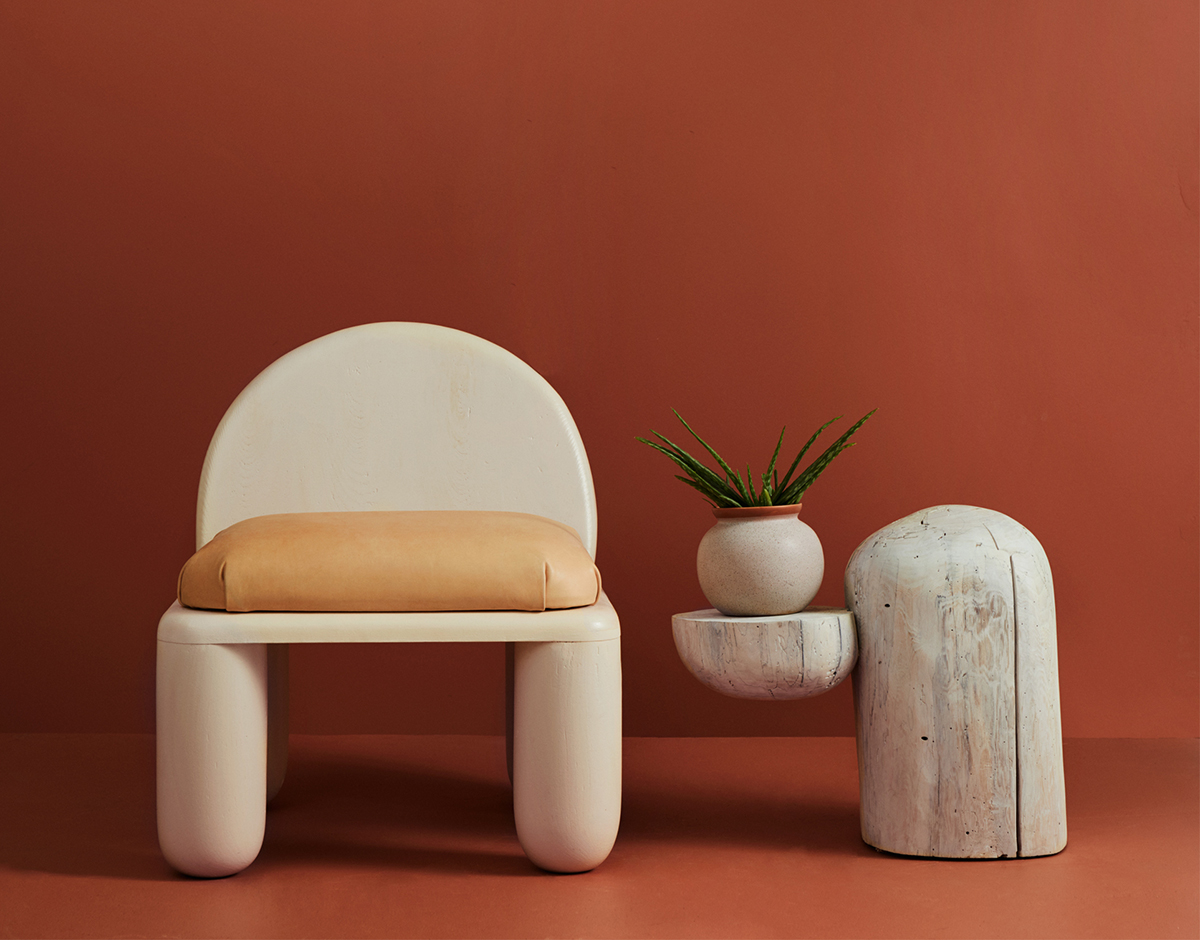
American Design Hot List 2018
Brett Miller
Leeds, New York, jackrabbit.studio
With the launch of his debut collection of chairs and tables this year, Brett Miller put an intriguingly rustic spin on the craze for chubby, tubular furniture — one befitting a hipster woodworker living in the wilds of upstate New York. So far, his work is carried at Relationships in Brooklyn, but we’re predicting that his reputation is about to grow. (Photos: Pippa Drummond)
What is American design to you, and what excites you about it?
To me, it’s about making what feels good, not necessarily what’s most efficient. Making unapologetic, beautiful contradictions. There’s that cheesy notion about “going west,” but I really think that same mentality comes out in design and the sense of endless opportunities to make whatever your mind can imagine.
What are your plans and highlights for the upcoming year?
My plan is to just keep making work. I’m very excited about the future and don’t want to just sit on this first collection, but to keep moving forward. Good things are happening.
What inspires or informs your work in general?
I have this compulsive thing with textures where I have to touch things. For instance, I was on an airplane once and the guy sitting next to me had on Nikes with the little gel bubble in the heel, and I could not resist touching it! So I bent over like I was getting something from my bag and poked the little gel bubble, and it was very satisfying. I don’t think he noticed, or if he did, he didn’t say anything.
How that relates to my furniture is in the feeling good, both physically and emotionally. I love how round things feel, I don’t like hard edges, and I try to avoid straight lines except where necessary. Also the tools and machines I use have really helped determine the shapes that I make. One of my first tools was a lathe, which is what I use to make the legs of my chairs and stools. Thus the round aesthetic was born and I just kind of ran with it.
I’m also very inspired by indigenous woodworkers, primarily wood carvers, and specifically from Africa. Not so much for their aesthetic, which I love, but more for their technique and tools. Many things are made from a single chunk and are carved out with a “sa sa,” or what we call an adze. Most of the shaping of my pieces is done by hand, some with tools I got in Ghana and some with Western power tools. There’s something very satisfying about working with big, solid pieces of wood to make something that doesn’t necessarily look or feel like wood in the end.